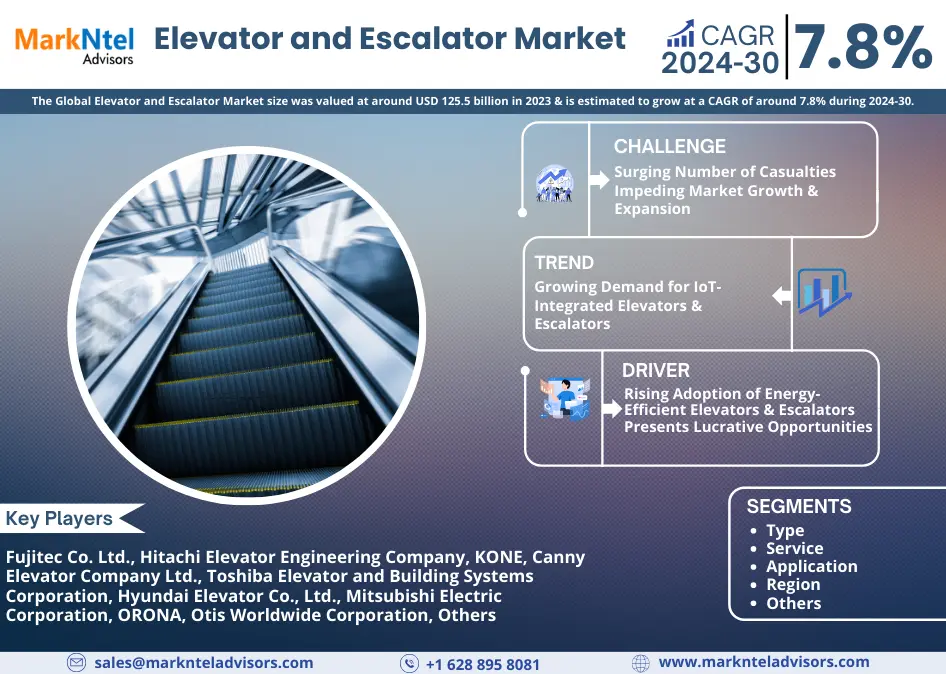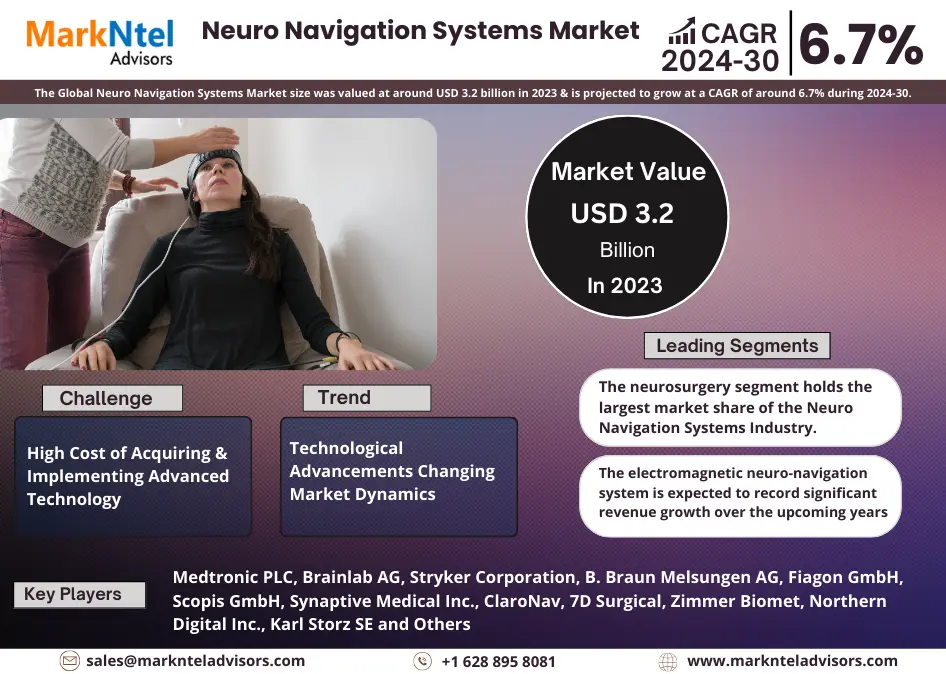Simplifying The Crypto Market So You Can Make Money

Millions of individuals enter the crypto space attracted by the promise of great profits. Still, the confusion of erratic emotion, jargon-heavy news, and volatile charts usually leaves many burned or worse. The lack of a basic approach is what prevents success, not the complexity of blockchain technologies. Beneath the buzz are strong signs, patterns, and logically based opportunities. Understanding the rhythm of the market and eliminating the noise can help you find the true edge rather than timing the market exactly.
Appreciating Market Phases as Predictable Behavior
Each driven by human psychology, institutional involvement, and liquidity changes, the crypto market moves in cycles: accumulation, upswing, distribution, and downturn. These are observable stages with recurring patterns, not random swings. Assets trade sideways during accumulation as skilled traders discreetly load positions. Often losing interest here, retail investors confuse it for inertia. But great entries start here exactly. As volume rises and sentiment starts to change, trends follow, and exponential expansion results. Real-time recognition of these stages helps to build departure and entrance plans and helps to avoid emotional choices.
Eliminating Emotion and Conducting Precision Automated Crypto Trading
The biggest hidden expense in cryptocurrency trading is the emotional one. Automated crypto trading rewrites this story. With algorithmic systems, not feeling but preset logic drives strategy. These instruments remove the emotional volatility that drives hand trading by scanning hundreds of assets, identifying technical indications, and making automatic trades.
Automation improves scalability beyond consistency. A person can only keep an eye on a few pairs at most; a bot can instantly evaluate the whole market and run many positions at once. Automatic triggering of stop-losses, take-profits, and trailing orders increases efficiency and removes delay. Automated systems adapt to trends when paired with backtesting and machine learning, not just follow them.
Liquidity Mapping
While retail traders chase hype, memes, and microcaps, institutional players focus on one thing: liquidity. Liquidity zones are areas on the chart where large orders can be executed with minimal slippage. These zones act like magnets, pulling price toward them. Understanding where liquidity lies reveals the true battlefield of the market. It shows where whales are accumulating or distributing positions. Tools like order book heatmaps and on-chain analytics expose these zones, offering a glimpse into the intentions of major players. This isn’t speculation—it’s observable behavior. Price often reacts sharply at these levels, either breaking through with force or rejecting with precision. Liquidity mapping allows traders to anticipate these moves and position accordingly.
Sentiment Data and News Impact as Market Drivers
In crypto, sentiment is a powerful force. It moves faster than fundamentals and often drives price more than technicals. But sentiment analysis goes beyond reading tweets or Reddit threads. It involves tracking funding rates, social media traffic, Google Trends, and more. Markets are driven by collective psychology. When optimism reaches extremes, a reversal is often near. When fear dominates, opportunity usually follows. Tools like LunarCrush and Santiment quantify sentiment, turning emotion into measurable data. These insights are not just interesting—they’re actionable. They help traders understand when the crowd is euphoric or panicked, and position themselves accordingly. Sentiment is not a soft science—it’s a critical input in a complete trading system.
Using Chaos to Define Opportunity
Volatility is not the enemy—it’s the engine of opportunity. What appears chaotic to the untrained eye is often structured movement driven by liquidity grabs, stop-loss hunts, and breakout traps. The key is learning to frame volatility, not fear it. Tools like Bollinger Bands, Average True Range (ATR), and volatility cones help define the expected range of movement. When volatility contracts, it often precedes a breakout. When it expands, it signals potential exhaustion or continuation. By mapping volatility, traders can set realistic targets, manage risk more effectively, and avoid being shaken out by normal price fluctuations. Volatility is not noise—it’s information.
Conclusion
In the crypto market, structure beats spontaneity. Success doesn’t come from guessing the next meme coin or chasing the latest trend. It comes from replacing impulse with systems, emotion with logic, and noise with signal. The market is not a maze—it’s a blueprint waiting for the right eyes. Those who thrive are not the luckiest or the loudest—they are the most prepared. They understand the cycles, respect the data, and trust their process. In a space defined by chaos, discipline is the ultimate edge.










